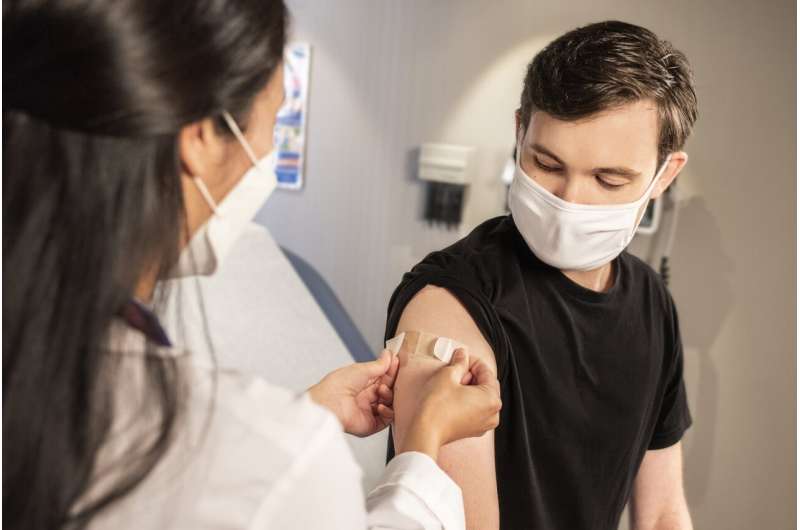Novel approach to COVID-19 vaccine shows early promise


A Western University team’s novel approach to developing a COVID-19 vaccine shows promise in inducing a robust immune response, early data shows.
Several COVID-19 vaccines have been licensed and used for nearly one year now to protect people from the virus. But as different variants emerge, inducing stronger and longer lasting immunity to protect vaccinated individuals becomes even more important.
New findings on the efficacy of a vaccine strategy developed by Chil-Yong Kang, professor in the department of microbiology and immunology and a team at the Schulich School of Medicine & Dentistry, were recently published in PLOS Pathogens.
Data from studies in pre-clinical mouse models found the vaccine developed at Western creates powerful antibodies against SAR-CoV-2, the virus that causes COVID-19.
The results also show the vaccine in development has the possibility of producing stronger and longer lasting immunity to fight against many COVID-19 variants.
While the most commonly used COVID-19 vaccines currently available and approved for use are either mRNA-based (Pfizer and Moderna) or adenovirus vector based (AstraZeneca and Johnson & Johnson), Kang’s method uses a different model.
The Western-developed vaccine uses a virus vector—a modified version of a harmless virus—as a vessel to deliver important instructions to the body’s cells.
His approach uses what’s called a recombinant vesicular stomatitis virus, or rVSV, as the vector. The team inserted the full COVID-19 spike protein gene into the rVSV vector.
The spike protein is found on the surface of the coronavirus, which allows the virus to attach to cells to enter the human body, causing COVID-19.
When the rVSV vector enters the body as a vaccine, it produces and displays the spike protein on its surface and secretes soluble forms of the spike protein as well. The body’s immune system then recognizes that the spike protein doesn’t belong there, triggering an immune response.
What makes Kang’s approach unique is that he has modified the rVSV vector to have a mixed envelope or surface, surrounding the rVSV in two types of spike proteins.
In most viral vector models, only one vaccine dose can be administered because individuals develop an immune response to the vector virus itself, which makes boosting vaccination inefficient.
By creating a mixed envelope, the body won’t develop a full immunity to the vector virus itself, allowing a booster shot to be given.
“Using the same virus, we get good boosting effects because we are generating rVSV with mixed envelope spike proteins on the virus particle,” Kang explained. “That’s one advantage our approach has.”
The vaccine has also been modified to produce higher quantities of the spike proteins, which help trigger a stronger immune response.
When tested on mice, Kang said the vaccine produced much higher antibody responses and significantly reduced lung damage.
Although this work is in the early stages, Kang said it’s important the world continues to develop new, more efficient and stronger vaccines in the push for global vaccine equity in order to stamp out the pandemic worldwide—especially against new and emerging variants.
“The resurgence of COVID-19 infections is due to the variants,” he explained.
He added in order to achieve global herd immunity, about 90 percent of the world’s 7.8 billion population will need to be vaccinated.
With minimum two-dose vaccine approaches, that equals about 14 billion doses of vaccine needed around the globe.
Source: Read Full Article